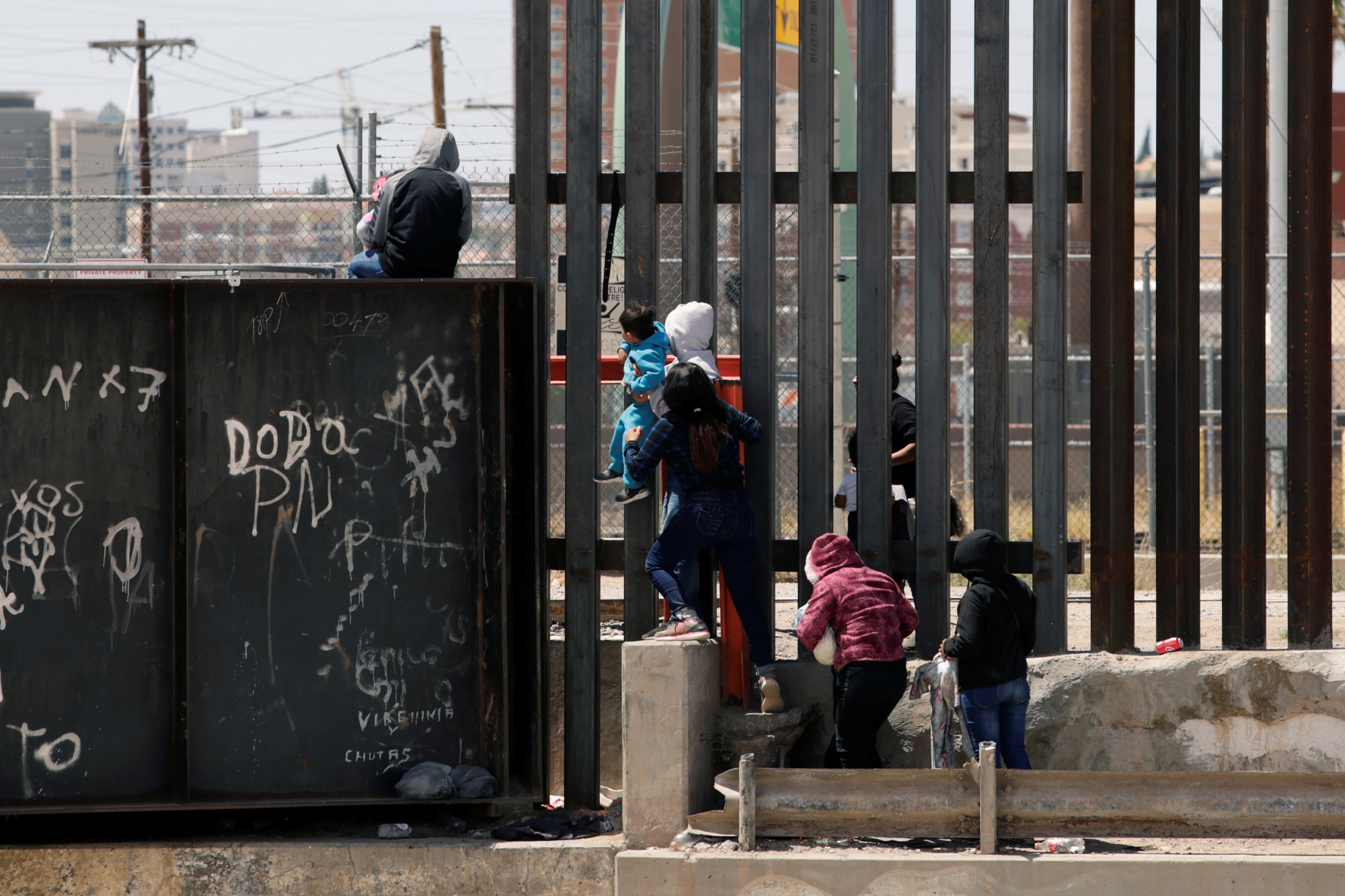The humanitarian crisis at the U.S. southern border is only getting worse in the heat of summer, with 100,000 migrants illegally crossing monthly and more than 300,000 asylum cases pending. It is a reaction to extreme violence, poverty and agricultural failures in Central America, notably in the "Northern Triangle" of El Salvador, Honduras and Guatemala, from where the vast majority of the migrants begin the long, dangerous journey to the Rio Grande River. How can we solve this problem?
I was born in south Florida, where we had our own refugee crises of the Mariel boatlift from Cuba and the Haitian refugee flows of the early 1980s. When I headed the United States Southern Command, in charge of all military activity in the Western Hemisphere south of the U.S., I visited the border shared with Mexico, and spent significant time in all of the nations of Latin America and the Caribbean. A big part of my job was dealing with the flow of migrants, as well as narcotics, around the region.
I've seen the wrenching poverty and violence from which these people are fleeing. I speak Spanish, so I've heard firsthand the painful stories of their lives. Those who choose to attempt the crossing to the U.S. flee in fear, knowing full well that the road ahead is dangerous. Although the Spanish expression for those departing on a journey is "vaya con Dios" (go with God), it is seldom a protective deity they encounter on their hazardous road. The photo of a father and daughter drowned in the Rio Grande last month draws a poignant line under the dangers, and will continue to resonate in the highly charged national debate.



















With your current subscription plan you can comment on stories. However, before writing your first comment, please create a display name in the Profile section of your subscriber account page.